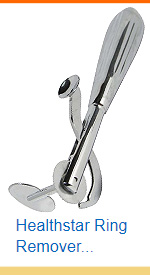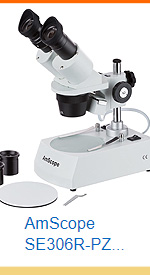IS J COLOR A GOOD DIAMOND COLOR?
ALL ABOUT THE NEAR COLORLESS RANGE J COLORED DIAMONDS
This post contains affiliate links. If you use these links to buy something I may earn a commission. Thanks! As an Amazon Associate I also earn from qualifying purchases.

First off, let me begin by saying that there is nothing wrong with J color or J colored diamonds…
Nothing wrong, but…
If you were to ask me if I myself would buy a diamond with J color I would have to say no.
The reason being:
I like pure white diamonds (D-E-F color).
Now some people can’t tell the difference in a little diamond color. Some just don’t even care about the ‘color‘ of the diamond. Some care more about ‘clarity‘ than ‘color‘. No problem…
But, should you care if your diamond has J color?
Does J color make a difference in looks?
Is J a good color to buy?
Let’s find out…
Near colorless range:
J color is in the near colorless color range (if you don’t know about color, read: all about diamond color). The near colorless range is made up of 4 color grades: G, H, I and J (see picture).
The near colorless range is the second best color range there is, pure white being the best (which is D-E and F).

J, as you’ll notice is at the very bottom of the near colorless list (directly next to the ‘faint yellow‘ range, which is K, L and M).
J color has the most yellow or brown color out of any of the other near colorless diamonds.
As you can see from the picture, G, H, I, J, does have a slight yellow hue to them (keyword being slight).
J is by far, not a bad color. Really it isn’t. Most people can’t see the yellow cast or off-color in a diamond that’s been graded a J. That is…
Until you compare them.
When you put a J side by side with a whiter diamond (D, E, F, G or H), it will show you how yellow or brown a J colored diamond can be (sometimes it’s almost a shocking difference).
Some people can see the color well and are still fine with it. Some think a little color adds warmth to the stone. Some don’t see any difference in color, especially once it’s set into a mounting or ring. Chances are, a little color won’t bother you either…
Until you know.
You see, a lot of jewelers only carry near colorless diamonds. Some sell mainly I and J colored stones. What’s important to know, is that these jewelers have nothing better to show you, and nothing better to compare to a J.
So if you don’t see a better color, you won’t know what you’re missing.
You must compare to colorless.
Once you see a yellow diamond put up against a stunning white diamond (like E – my favorite color) most people will choose the white color in a heartbeat.
To me, a white diamond just looks bigger and brighter. They appear to have more beauty and life in them. You must compare the two to really know what I’m talking about.
It really is a mixed bag.
Like I said, some people are fine with J and don’t see color.
If you put a J color up against an I color (one color grade higher) chances are, you won’t be able to tell the difference between them. Generally, you need at least 2 jumps in color grade (like an H to a J) to spot the color change.
Preference:
When it comes down to it, it’s all just preference.
Look at a J color, and then look at a G color (the top end of the near colorless range). See for yourself the difference a whiter stone can make. If you see no difference, then don’t worry about it. Buy the J and be happy (J color will also be cheaper).
But, if you see a favorable difference with your eyes, then buy the whiter diamond (D, E and F are awesome pure white diamonds – see here).
White diamonds are the cream of the crop. They appear to make your diamond look a little bit bigger and a little bit brighter (even though they are more expensive).
White diamonds tend to steal the show and hopefully, will steal your heart as well.
And J color, well, J color is J color (like these J colored diamonds here), and there’s nothing wrong with that either.
Cheers! :)














Leave a comment